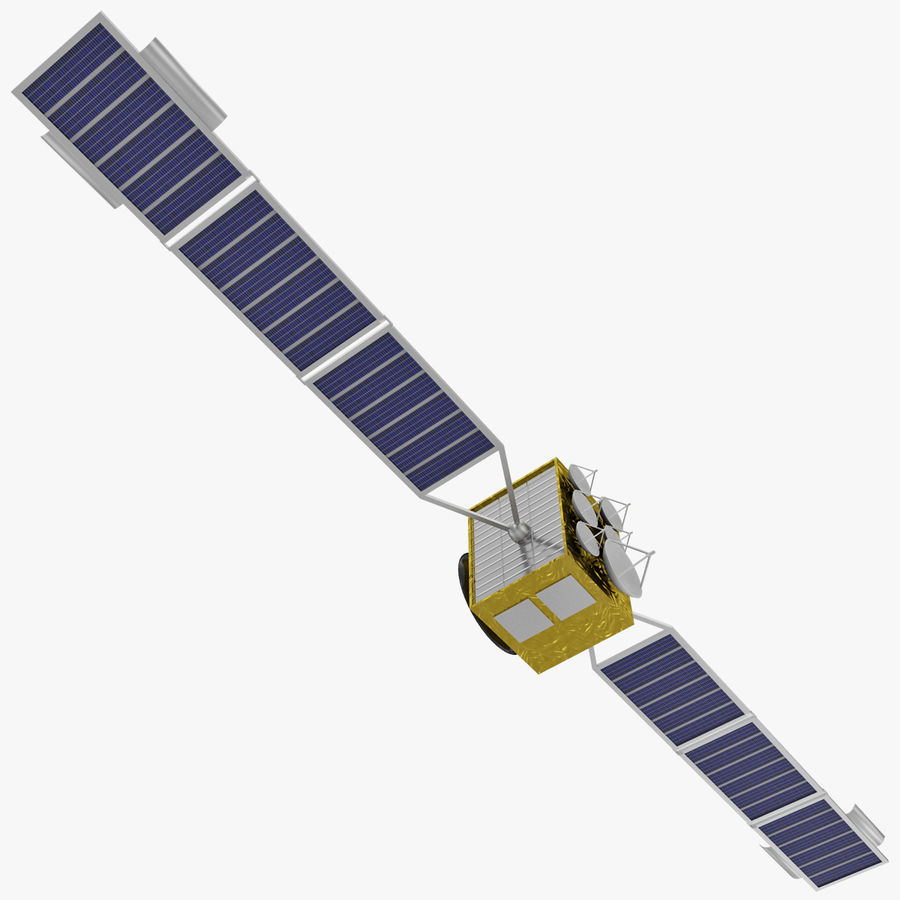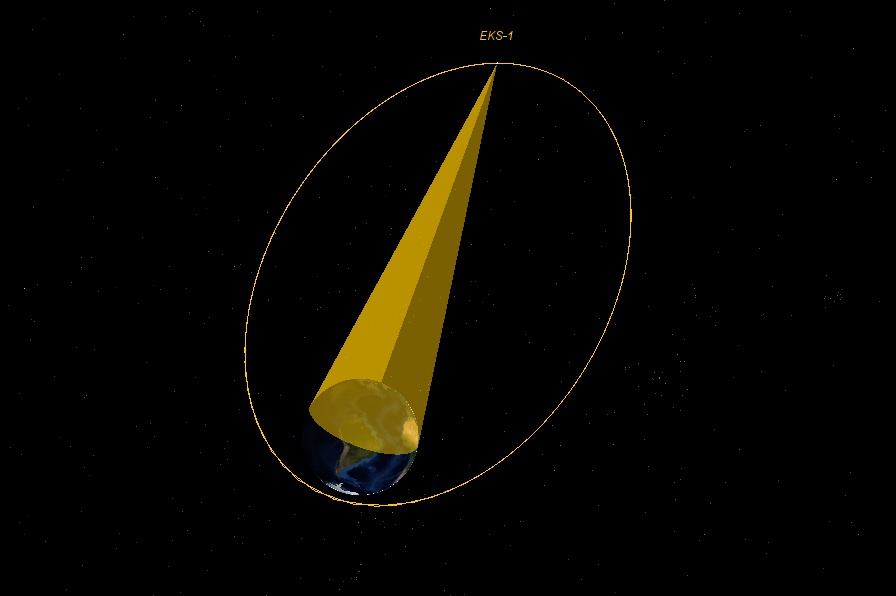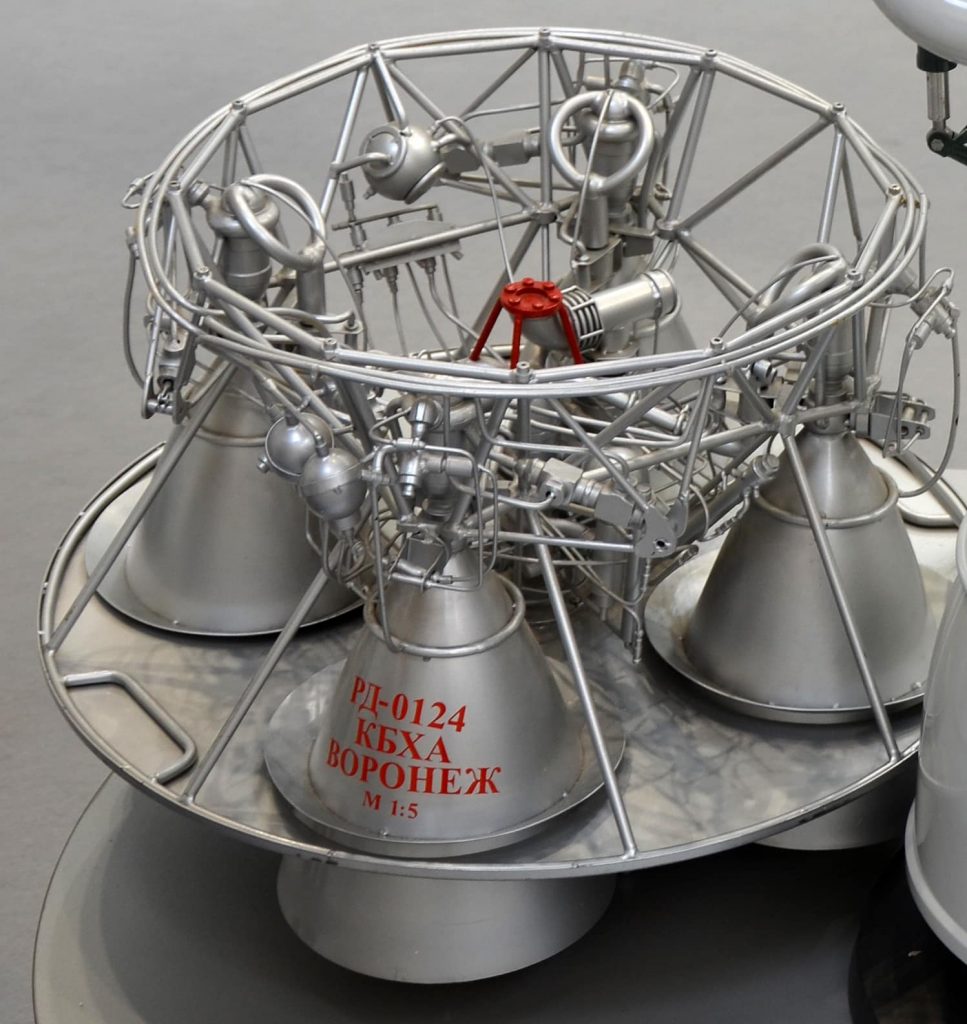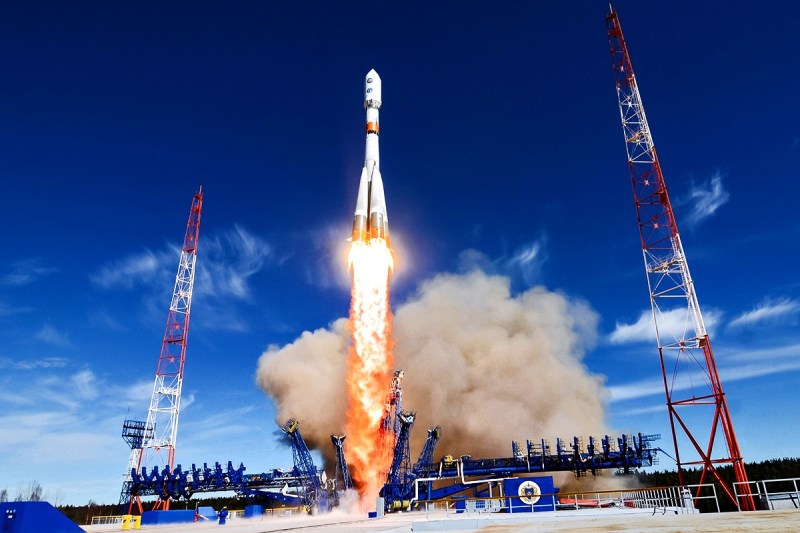Featured Image: ROSCOSMOS
Lift Off Time | November 25, 2021 – 00:30 UTC | 03:30 MSK |
|---|---|
Mission Name | EKS 5 |
Launch Provider | ROSCOSMOS |
Customer | Russian Ministry of Defense |
Rocket | Soyuz 2.1b |
Launch Location | Unknown Pad, Plesetsk Cosmodrome, Russian Federation |
Payload mass | N/A |
Where are the satellites going? | Molniya |
Will they be attempting to recover the first stage? | No, this is not a capability of the Soyuz vehicle. |
Where will the first stage land? | It will crash in remote regions of northern Russia. |
Will they be attempting to recover the fairings? | No, this is not a capability of the Soyuz vehicle. |
Are these fairings new? | Yes |
How’s the weather looking? | N/A |
This will be the: | – 120th orbital launch attempt of 2021 – 5th launch of an EKS (Tundra) satellite – 69th launch of a Soyuz 2.1b |
Where to watch | If an official livestream becomes available, you can find it here. |
What’s All This Mean?
The Russian Ministry of Defense has selected ROSCOSMOS to launch their next Edinaya Kosmicheskaya Sistema (EKS) or Integrated Cosmos System satellite on a Soyuz 2.1b rocket. EKS 5 is believed to be the fifth satellite of the series. The first stage will crash on land in northern Russia, while second stage parts will fall further downrange. According to officials, all pieces that crash on land will be located by helicopter and disposed of properly.
EKS 5 (Tundra 5) Satellite
As is typical with military satellites, their naming conventions can be quite confusing. The official name of the satellite, as mentioned above, is Edinaya Kosmicheskaya Sistema (EKS) or, in English: Integrated Cosmos System. Another common name is Tundra, which seems to have no specific meaning.

Satellite Specifics
Each EKS satellite serves the purpose of providing early warning of missile launches around the globe and providing baseline communications for the military. It is capable of detecting ballistic missile launches from land and sea and also predicting their trajectory. These types of satellites are extremely common in militaries of nations which have access to orbit.
The satellite bus, or the power center and foundation of the satellite, is built by RKK Energia and is known by the acronym “USP”. The acronym stands for the Universal Space Platform which is also known as Victoria. As the name suggests, this bus is very flexible and can accommodate many satellite designs and needs. It also can operate anywhere from low Earth orbit to a geostationary orbit. The USP bus cannot raise or lower its orbit and therefore depends on direct orbit injection.
| Power Capabilities | 3000 W |
| Payload Weight Capabilities (LEO) | 1,000 kg (2,200 lb) |
| Stabilization | Electric or chemical propulsion on three axis |
EKS Orbits
Four EKS satellites are currently in orbit with all active and operational as of publication. Each one has been placed in a Molniya orbit of about 38500 x 1600km, 63.5°. It is reasonable to conclude that EKS 5 will join the others in a similar orbit.

History And Future
| Satellite | Date | Orbit | Status |
| EKS 1 | November 17, 2015 | 38552 x 1626 km, 63.37° | Active |
| EKS 2 | May 25, 2017 | 38552 x 1626 km, 63.37 | Active |
| EKS 3 | September 26, 2019 | 38537 x 1646 km, 63.83° | Active |
| EKS 4 | May 22, 2020 | 35807 x 1654 km, 63.83° | Active |
| EKS 5 | November 25, 2021 | Molniya, exact orbit unknown | Planned |
A total of ten satellites has been the stated goal for the group, with all to be deployed by 2022. However, that no longer seems possible due to the limited amount of time remaining.
What Is Soyuz 2.1b?
The Soyuz rocket (also known as R7) has been the workhorse of the Soviet/Russian space program since it first flew in 1966. The Soyuz version currently being used for most satellite launches is a four-stage launch vehicle, that consists of:
- four side boosters
- a central core
- an upper stage which is common to all Soyuz rockets
- an optional Fregat upper stage (which is used on this mission)

Side Boosters
Each side booster has a singular RD-107A engine, which runs on liquid oxygen and RP-1. The RP-1 tanks are located in the cylindrical part of the booster. The liquid oxygen tanks are in the conical section. Each engine has four combustion chambers and four nozzles, which is common in older Russian engines. This is related to the USSR inability to solve the problem of combustion instability in large nozzles.
During side booster separation, the boosters perform a well-known pattern, in which they peel off and cartwheel outwards. This is known as the “Korolev cross,” named after Sergei Korolev, the Chief Design Engineer of the USSR space program in the 1960s.

Soyuz Center Core
The center core is fitted with one RD-108A engine, which also has four combustion chambers and four nozzles. The engine contains four attitude thrusters, used for three-axis flight control once the side boosters have separated. The center core also runs on RP-1 and LOx.
Second Stage
The second stage uses an RD-0124 engine on the Soyuz 2.1b. This closed cycle engine once runs on LOx and RP-1, producing 294 kN of thrust with an ISP of 359 seconds.

Soyuz Fregat Upper Stage
The Fregat upper stage is an autonomous and flexible stage that is designed to operate as an orbital vehicle. Fregat is independent of all the other stages. It has its own guidance, navigation, attitude control, tracking, and telemetry systems.
Fregat uses the S5.92 engine, which uses unsymmetrical dimethyl hydrazine (UDMH) for fuel and nitrogen tetroxide (NO4) for oxidizer. The engine can be restarted up to 50 times in flight.





